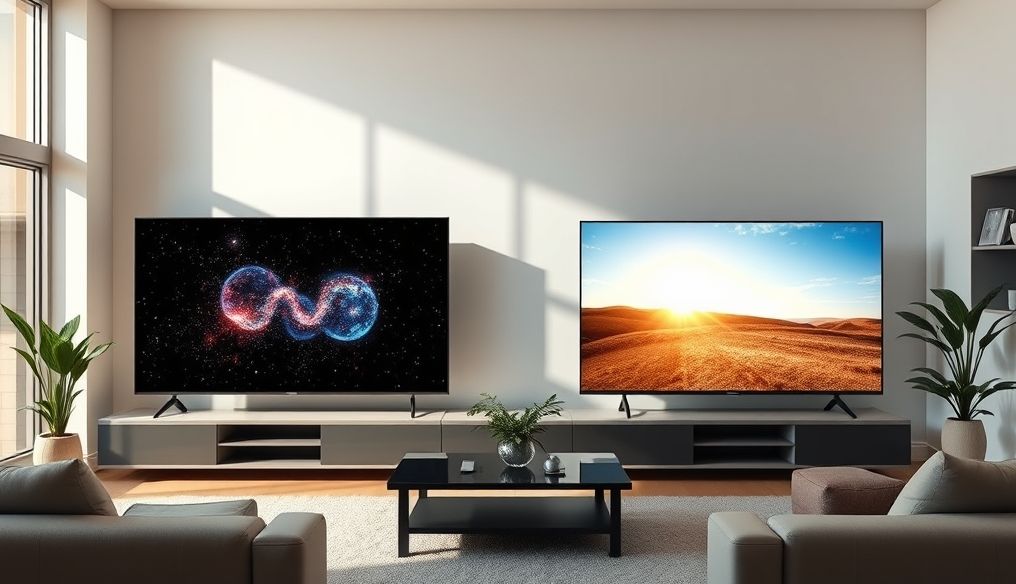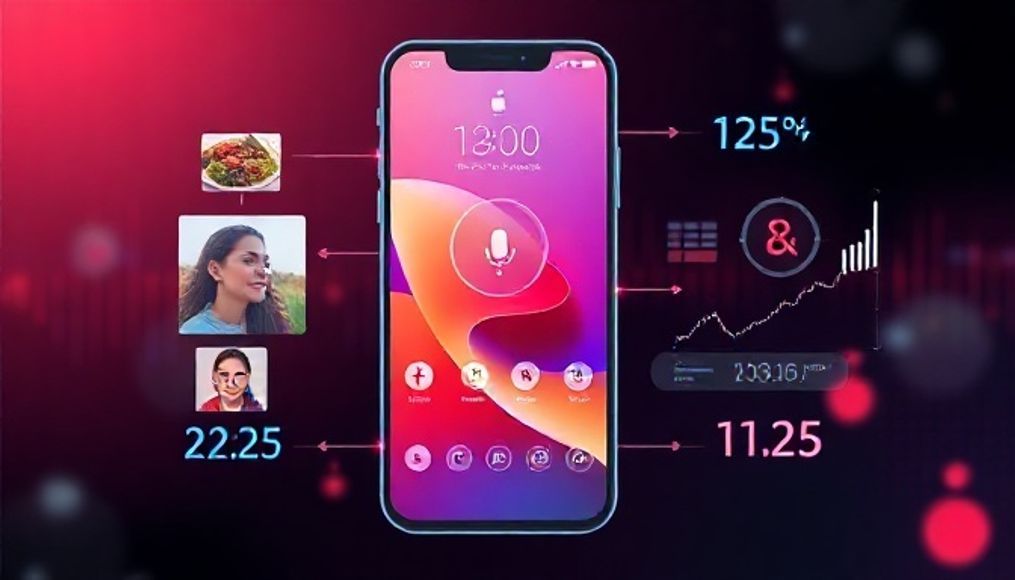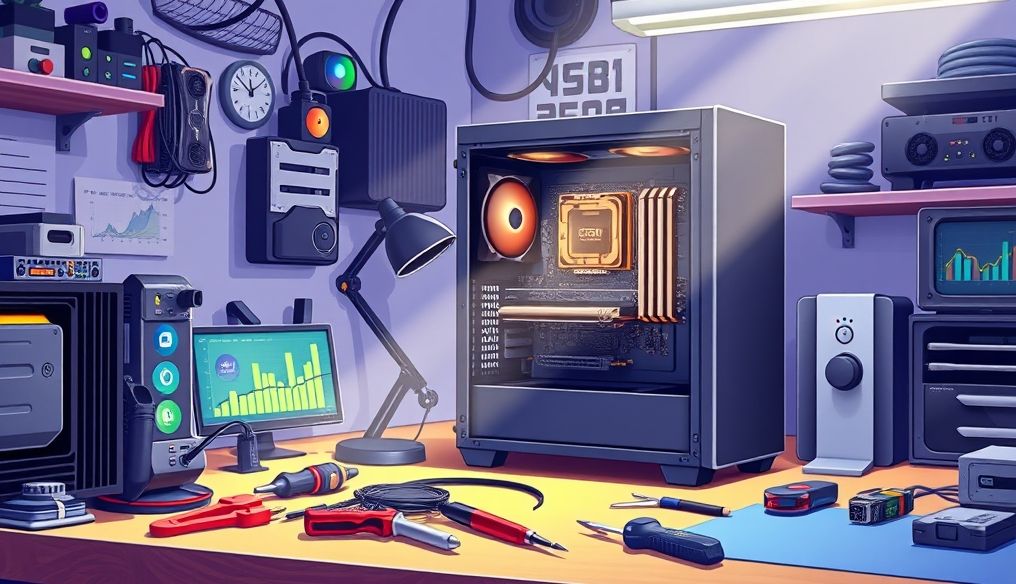Introduction: The Clash of Titans in the World of TV Screens
In the world of home entertainment, TV screens hold a central place, and with rapid technological advancements, two main technologies have emerged competing to offer the best viewing experience: OLED (Organic Light Emitting Diode) and QLED (Quantum Dot Light Emitting Diode). Both technologies offer vibrant images and accurate colors, but the fundamental differences between them significantly affect image quality, viewing angles, power consumption, and even the lifespan of the screen. Understanding these differences will help you make an informed decision when buying a new TV.
Chapter 1: OLED Technology - Each Pixel Lights Up Individually
What are OLED Screens?
OLED screens rely on organic compounds that emit light when an electric current passes through them. The main advantage here is that each pixel on the screen lights up independently, and can be completely turned off to produce absolute black. This allows for infinite contrast, as there is no light leakage from lit pixels to unlit pixels.
Advantages of OLED Screens:
- Infinite Contrast: Thanks to the ability to turn off pixels completely, OLED screens offer unparalleled contrast, making images look more realistic and deep.
- Perfect Black: There is no black darker than the black offered by OLED screens, which greatly enhances the overall image quality.
- Wide Viewing Angles: Colors and contrast remain consistent even when viewed from sharp angles.
- Fast Response: The pixel response time of OLED screens is much faster than LCD screens, reducing motion blur in fast-paced scenes.
- Slim Design: Due to the lack of a backlight, OLED screens can be manufactured with very slim designs.
Disadvantages of OLED Screens:
- Brightness: OLED screens are generally less bright than QLED screens, especially in bright environments.
- Burn-in: With prolonged use, static images (such as channel logos) may appear permanently on the screen. Although this problem has become less common with modern technologies, it is still possible.
- Price: OLED screens are usually more expensive than QLED screens.
Chapter 2: QLED Technology - Superb Brightness and Vibrant Colors
What are QLED Screens?
QLED screens are a type of LCD screen that uses a layer of quantum dots to improve colors and brightness. Quantum dots are tiny nanocrystals that emit specific colors when exposed to light. In QLED screens, an LED backlight is used to illuminate the quantum dot layer, which in turn produces more pure and accurate colors.
Advantages of QLED Screens:
- Superb Brightness: QLED screens are capable of producing much higher brightness than OLED screens, making them ideal for bright rooms.
- Vibrant Colors: Quantum dots produce accurate and rich colors, making images look more realistic.
- Resistance to Burn-in: QLED screens do not suffer from the burn-in problem that can occur in OLED screens.
- Price: QLED screens are usually cheaper than OLED screens.
Disadvantages of QLED Screens:
- Limited Contrast: Due to the presence of a backlight, QLED screens cannot achieve the absolute black offered by OLED screens. This results in lower contrast.
- Limited Viewing Angles: Colors and contrast may change when viewed from sharp angles.
- Light Bleeding: In some cases, light leakage from the backlight may appear around the edges of the screen.
Chapter 3: Detailed Comparison Between OLED and QLED
To simplify things, here is a table summarizing the main differences between OLED and QLED screens:
| Feature | OLED | QLED |
|---|---|---|
| Contrast | Infinite | High, but not infinite |
| Black Level | Perfect | Dark Gray |
| Brightness | Lower | Higher |
| Viewing Angles | Wide | Limited |
| Burn-in | Possible (Less in modern models) | Unlikely |
| Price | Higher | Lower |
Chapter 4: Other Factors to Consider When Choosing
Screen Size:
The larger the screen, the more important the image quality. On large screens, the differences between OLED and QLED will be more noticeable.
Viewing Environment:
If you watch TV in a well-lit room, a QLED screen with high brightness may be the best choice. If the room is dark, an OLED screen with its infinite contrast and perfect black level will provide a better viewing experience.
Purchase Budget:
OLED screens are usually more expensive than QLED screens. Set your budget before you start looking for a new TV.
Intended Use:
If you mainly use the TV for watching movies and TV shows, an OLED screen may be the best choice. If you use the TV for gaming or watching sports, a QLED screen with its fast response and high brightness may be more suitable.
Chapter 5: Tips to Avoid Screen Burn-in in OLED Screens
Although the problem of screen burn-in has become less common in modern OLED screens, it is a good idea to take some precautions:
- Avoid displaying static images for long periods.
- Use the TV's power saving features.
- Change channels regularly.
- If you play games with static HUD elements, try to change their position periodically.
Chapter 6: The Future of Screen Technologies
The world of screens is constantly evolving, and we expect to see new technologies in the near future that combine the best of OLED and QLED. For example, companies are currently developing QD-OLED screens, which combine the color accuracy of quantum dots with the infinite contrast of OLED.
Chapter 7: Conclusion - Which is Better for You?
There is no definitive answer to the question of which is better, OLED or QLED. The best choice depends on your needs, budget, and personal preferences. If you are looking for the best possible image quality in a dark room, an OLED screen is the perfect choice. If you need a bright screen for bright rooms and at an affordable price, a QLED screen is an excellent option.
Chapter 8: Examples of Leading OLED and QLED TVs on the Market
To facilitate the selection process, here are some examples of leading OLED and QLED TVs on the market today:
OLED TVs:
- LG OLED C3
- Sony A80L
- Samsung S95C (QD-OLED)
QLED TVs:
- Samsung QN90C
- Sony X95L
- TCL QM8
I hope this article has helped you understand the difference between OLED and QLED screens better. Remember that the best way to make a decision is to visit an electronics store and see the different TVs for yourself.




